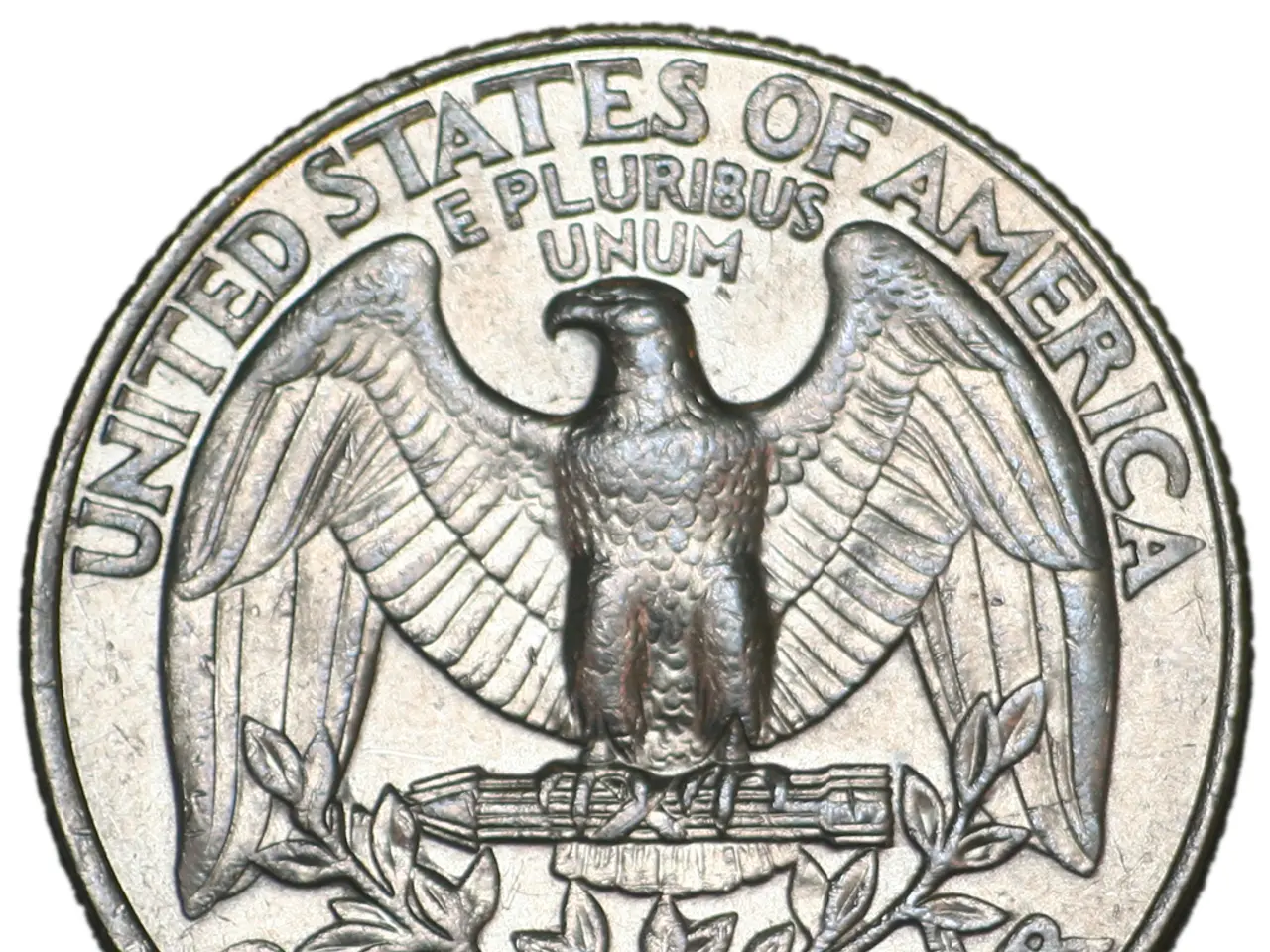Stock Market Newcomer Bullish Begins Trading on NYSE, Securing $1.1 Billion in Initial Public Offering
Bullish Debuts as a Regulated Institutional-Grade Crypto Exchange on NYSE
Bullish, a pioneering crypto exchange, made its debut on the New York Stock Exchange (NYSE) on August 14, 2025, raising $1.1 billion through an initial public offering (IPO). The exchange, which trades under the ticker symbol BLSH, achieved a market valuation of approximately $10.25 billion—nearly doubling its pre-trading estimate.
Founded in 2020 by blockchain company Block.one, Bullish positions itself as a regulated, institutional-grade crypto exchange that combines features of centralized and decentralized finance. The platform offers robust infrastructure designed for institutional investors, including deep liquidity pools, low-latency trading, compliance with global regulations, auditing, governance, and portfolio optimization tools.
The hybrid model differentiates Bullish from retail-oriented exchanges like Coinbase or Binance, serving institutional clients such as pension funds and asset managers increasingly allocating capital to digital assets. Key investors backing Bullish include Peter Thiel’s Founders Fund, BlackRock, ARK Investment Management, JPMorgan, Citigroup, and Goldman Sachs.
Regarding its relationship to stablecoins, while the platform’s direct stablecoin offerings or usage are not explicitly detailed, its focus on tokenized assets and compliance-infused governance implies an involvement with stablecoins as part of its broader digital asset ecosystem. The hybrid exchange model often leverages stablecoins for secure and compliant trading and liquidity provision, especially in institutional-grade platforms bridging traditional finance and crypto markets.
The IPO and Bullish’s platform address the growing institutional demand for crypto exposure, as reflected by commitments from large financial firms and market projections of multimillion to trillion-dollar growth in tokenized asset markets. The company’s strategic acquisition of CoinDesk and its international presence further enhance its positioning within the crypto ecosystem.
Bullish's large holdings in Bitcoin, Ethereum, and stable coins position it to claim a high level of capital resources as competition intensifies. The exchange has seen rapid expansion in trading activity, with $72.7 billion in digital asset trades in 2022, $115.6 billion in 2023, and a projected $250 billion in 2024.
Board member Kokuei Yuan will hold over 26% ownership post-IPO, with co-founder and Block.one CEO Brendan Blumer retaining approximately 30% ownership. Tom Farley, Bullish’s CEO, has a vision for institutional adoption of digital assets and sees stablecoin integration as a foundational layer for this bridge between Wall Street and blockchain technology.
The stablecoin-rich reserve enables Bullish to have deep order books and consistent settlement rates, limiting volatile risks for institutional clients. The offering was more than 20 times oversubscribed, indicating strong investor interest in the exchange. Early backer Peter Thiel has remained a vocal supporter of Bullish since its inception.
The listing of Circle, a large issuer of stable coins, in June bolstered investor appetite in regulated digital asset businesses. Regulatory support for stablecoins is growing, with the frameworks of issuance and reserves being actively defined in Congress. The timing of Bullish's IPO coincides with Bitcoin trading above $100,000 and Ethereum experiencing renewed institutional demand.
The IPO was led by JPMorgan Chase, Jefferies Financial Group, and Citigroup, signaling the mainstream acceptance of digital assets by traditional financial institutions. Bullish’s debut on the NYSE marks a significant milestone for institutional-grade crypto exchanges, bridging crypto innovation with regulated financial markets and signaling increased institutional acceptance of digital assets including tokenized securities frequently involving stablecoins.
- Bullish, a regulated, institutional-grade crypto exchange, made its debut on the New York Stock Exchange (NYSE), offering robust infrastructure for institutional investors in digital assets.
- Founded in 2020, Bullish combines features of centralized and decentralized finance, differentiating it from retail-oriented exchanges like Coinbase or Binance.
- The exchange's platform, which trades under the ticker symbol BLSH, has deep liquidity pools, low-latency trading, and a focus on compliance with global regulations.
- Key investors backing Bullish include Peter Thiel’s Founders Fund, BlackRock, ARK Investment Management, JPMorgan, Citigroup, and Goldman Sachs.
- Regarding its relationship to stablecoins, Bullish's focus on tokenized assets and compliance-infused governance implies an involvement with stablecoins as part of its broader digital asset ecosystem.
- The IPO and Bullish’s platform have addressed the growing institutional demand for crypto exposure, with projections of multimillion to trillion-dollar growth in tokenized asset markets.
- The exchange has large holdings in Bitcoin, Ethereum, and stable coins, positioning it to claim a high level of capital resources as competition intensifies in the crypto finance business.




